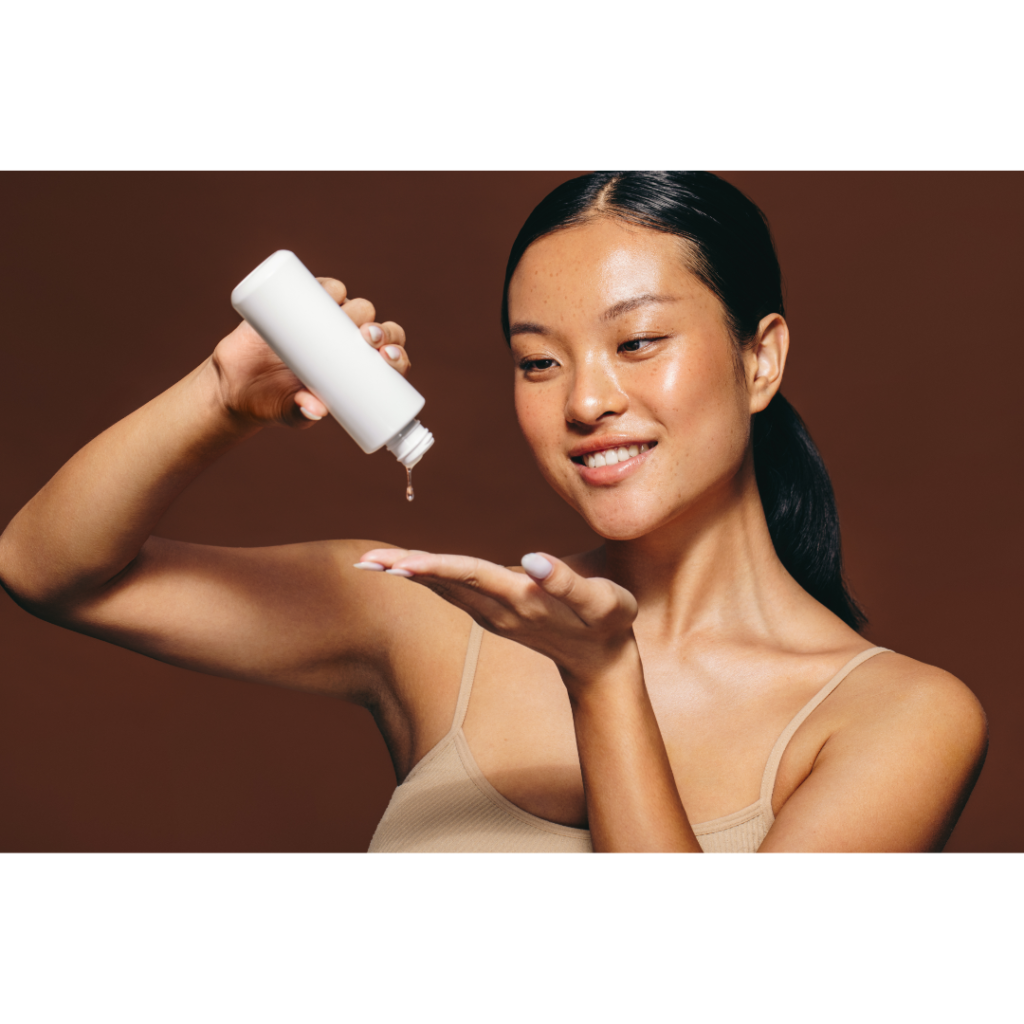
Knowing your skin type is the key to unlocking a radiant and healthy complexion. It forms the foundation of any effective skincare routine, allowing you to choose products that address your specific needs without causing irritation or imbalance. But with so much conflicting information out there, figuring out your skin type can feel overwhelming. Dont worry! These guides to identifying your skin type will equip you with the knowledge and simple methods to finally understand your skin’s unique story.
Here are some guides to identifying your skin type:
While skin can be wonderfully complex, there are four primary categories:
- Normal Skin: Often described as the “holy grail,” normal skin is balanced, neither oily nor dry. It has a healthy glow, even texture, and minimally visible pores. It tolerates most skincare products well.
- Oily Skin: Characterized by an excess of sebum production, oily skin often appears shiny, particularly in the T-zone (forehead, nose, and chin). Pores tend to be enlarged, and blemishes may be a concern.
- Dry Skin: Dry skin lacks moisture, resulting in a tight, flaky appearance. It can be rough, itchy, and prone to irritation. Fine lines and wrinkles may become more noticeable earlier on dry skin.
- Combination Skin: This is the most common skin type, where different areas of the face exhibit different characteristics. The T-zone is typically oily, while cheeks and other areas can be normal or dry.
Unveiling Your Skin’s Secrets: Simple At-Home Tests
There are two guides to identifying your skin type at home:
- The Bare-Faced Method:
- Cleanse: Wash your face with a gentle cleanser and pat it dry with a clean towel. Avoid any harsh products or scrubs.
- Wait: Leave your face bare for 30 minutes, allowing your natural skin condition to emerge.
- Observe: After 30 minutes, carefully examine your skin in good lighting. Consider how it feels and looks:
- Oily Skin: If your skin feels greasy and appears shiny all over, you likely have oily skin.
- Dry Skin: If your skin feels tight, flaky, or uncomfortable, dryness is a strong possibility.
- Combination Skin: If your T-zone is shiny but your cheeks feel normal or even dry, you have combination skin.
- Normal Skin: If your skin feels balanced, neither oily nor dry, and has a healthy glow, you’re blessed with normal skin.
- Oily Skin: If your skin feels greasy and appears shiny all over, you likely have oily skin.
- Here are Blotting Sheet guides to identifying your skin type:
- Cleanse: Wash your face with a gentle cleanser and pat it dry as before.
- Wait: Allow 30 minutes for your natural oils to resurface.
- Blotting: Gently press clean blotting sheets to different areas of your face, including your forehead, nose, cheeks, and chin. Hold the sheets up to the light.
- Oily Skin: If the blotting sheets absorb a significant amount of oil from all areas, you have oily skin.
- Dry Skin: If the blotting sheets pick up minimal to no oil, your skin leans towards dry.
- Combination Skin: If the blotting sheets show oil primarily in your T-zone, you have combination skin.
- Normal Skin: Minimal oil transfer across the entire blotting sheet suggests normal skin.
- Oily Skin: If the blotting sheets absorb a significant amount of oil from all areas, you have oily skin.
Remember: These tests are a starting point. Your skin type can fluctuate depending on factors like age, hormones, climate, and even your diet. It’s also important to note that dehydrated skin is a separate condition and can occur with any skin type. If your skin feels tight or flaky but also produces oil, you may be dehydrated.
Get the latest scoop first! Follow us on Facebook for our newest updates. Click Here
Find Your Perfect Perfume! Explore our top 10 fragrances and discover your signature scent. Click here
Seeking Professional Guidance: Consulting a Dermatologist
While at-home tests are a great way to gain initial insights, a dermatologist can provide a more comprehensive assessment of your skin type and any underlying concerns. They can also recommend a personalized skincare routine tailored to your specific needs. This is especially beneficial if you have sensitive skin, chronic conditions like eczema or rosacea, or are unsure about the results of your at-home tests.
Embrace Your Unique Skin: Tailoring Your Routine
Once you understand your skin type, you can embark on a skincare journey that empowers you to achieve your healthiest, most radiant complexion. Here are some general pointers for each skin type:
- Normal Skin: Lucky you! Normal skin can handle a wider range of products. Opt for gentle cleansers, lightweight moisturizers, and sun protection.
- Oily Skin: Focus on oil control with gentle cleansers containing salicylic acid or benzoyl peroxide. Lightweight, oil-free moisturizers are your best bet.
- Dry Skin: Deep hydration is key. Look for cleansers with creamier formulas and fragrance-free moisturizers with hyaluronic acid
Conclusion
In conclusion, understanding your skin type is the first step to achieving a healthy and glowing complexion. By using the simple at-home tests provided, you can gain valuable insights into your skin’s unique needs. Remember, these tests are a starting point, and consulting a dermatologist can offer a more professional assessment and personalized guidance. With this knowledge in hand, you can embark on a skincare journey tailored to your specific skin type. Embrace your unique skin and empower it to thrive with a targeted routine that keeps it balanced, hydrated, and protected.
